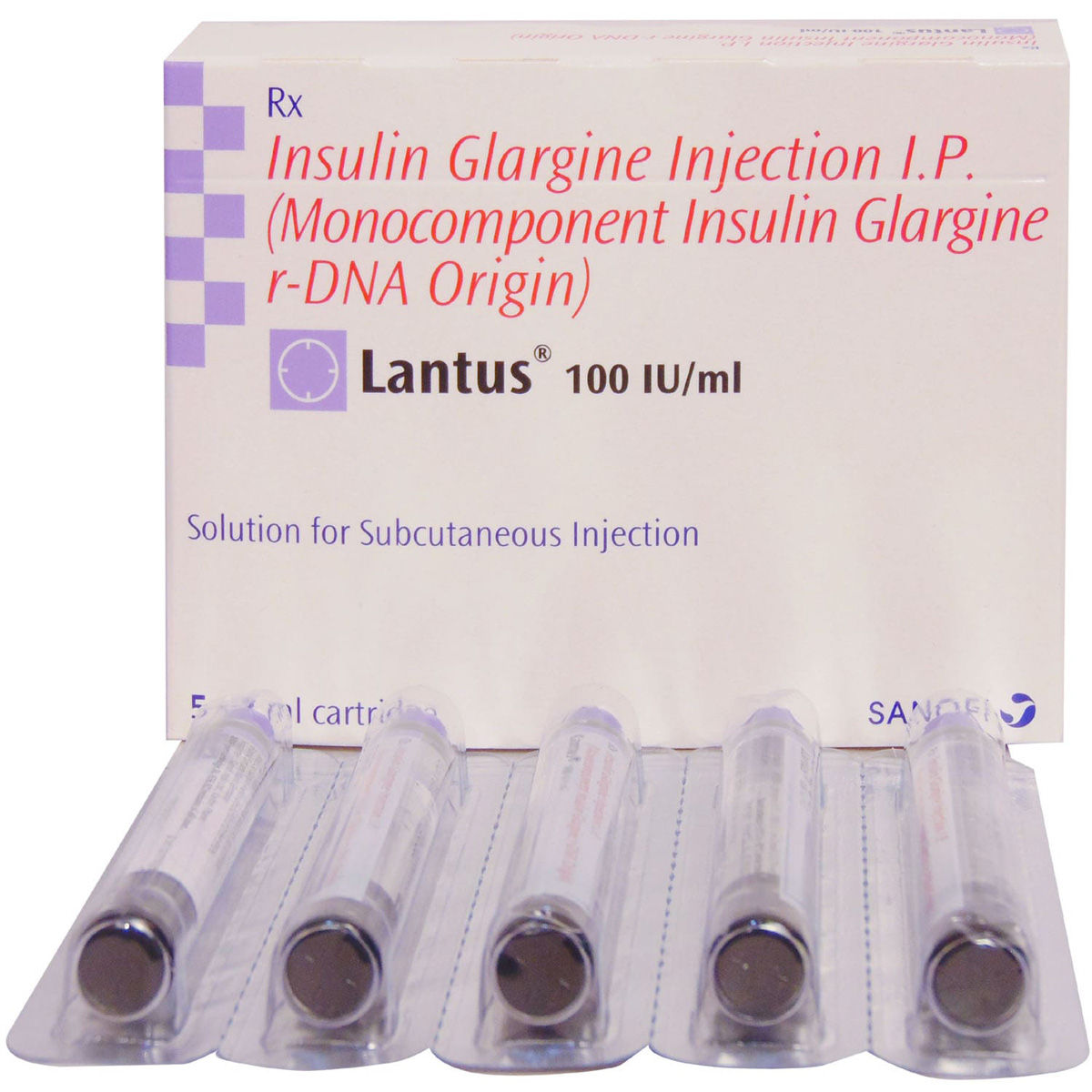Insulins
- Total Items (0)
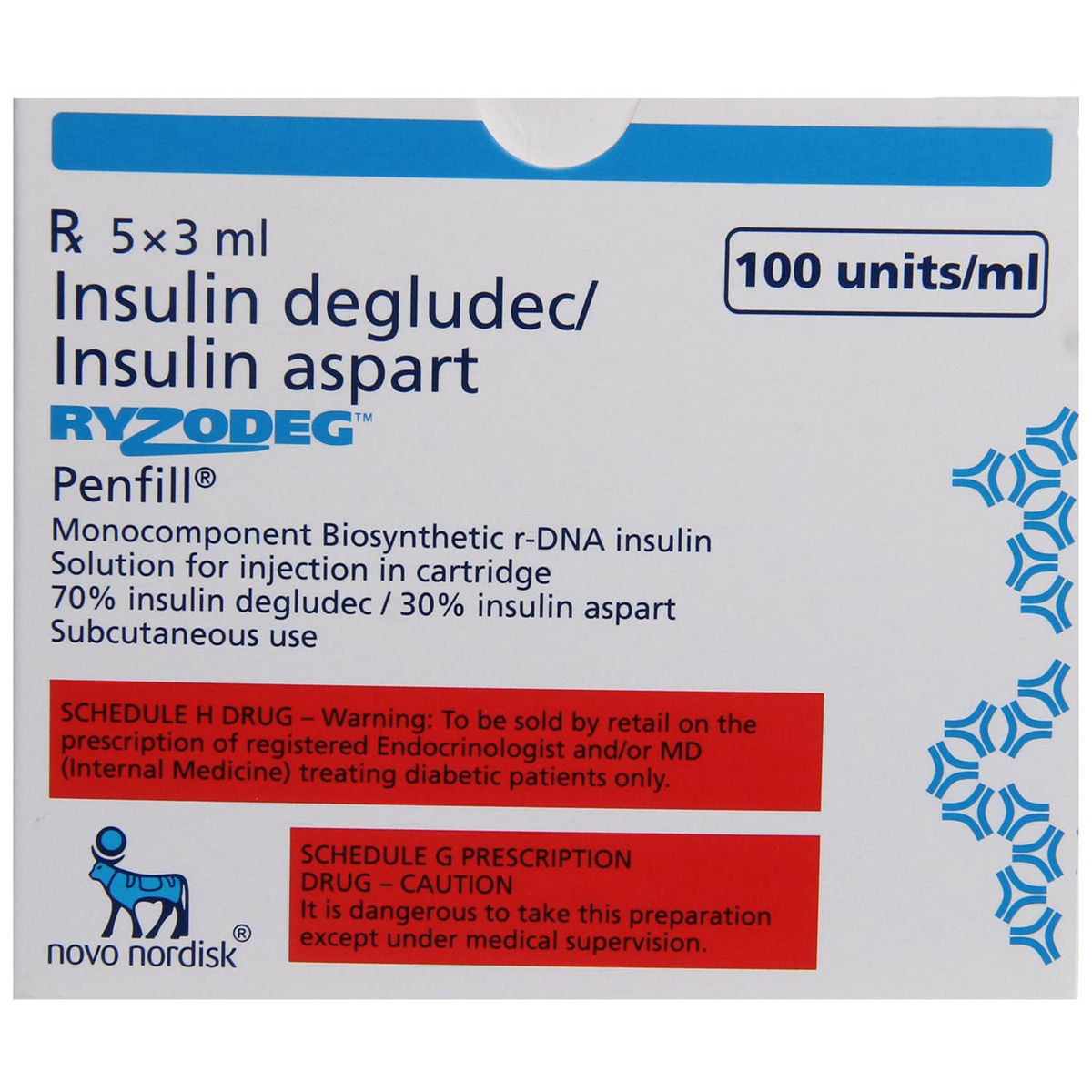 RX
RXRyzodeg 100IU/ml Penfill 3 ml
₹1114.70
MRP ₹1238.50
10% off
 RX
RXNovomix 30 100IU/ml Penfill 3 ml
₹843.30
MRP ₹937
10% off
 RX
RXNovorapid 100IU/ml Penfill 3 ml
₹843.30
MRP ₹937
10% off
 RX
RXTresiba 100U/ml Penfil Injection 3 ml
₹1296
MRP ₹1440
10% off
 RX
RXFiasp 100IU/ml Penfill 3 ml
₹733.10
MRP ₹814.50
10% off
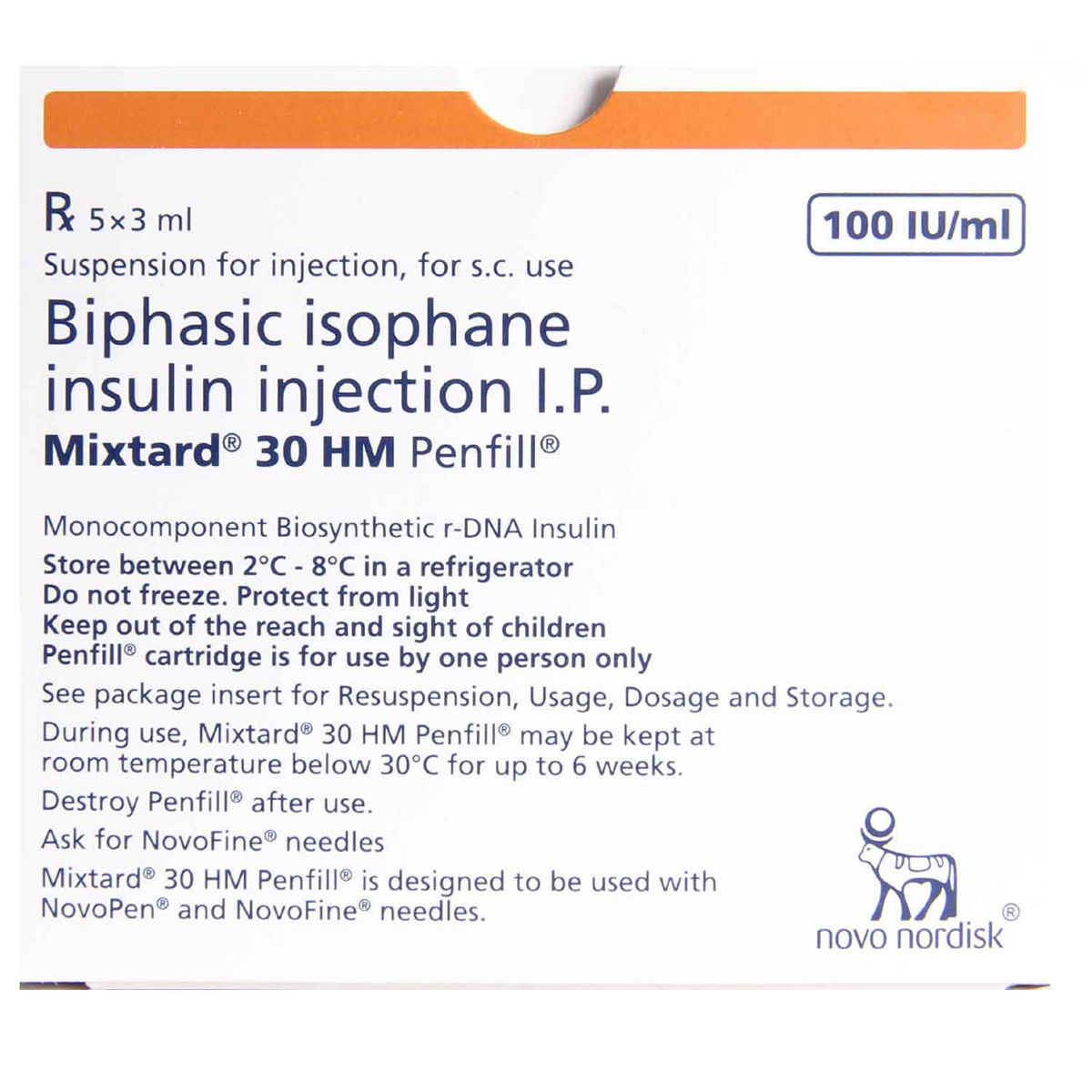 RX
RXMixtard 30 HM 100IU/ml Penfill 3 ml
₹373.60
MRP ₹424.50
12% off
 RX
RXRyzodeg 100IU/ml Flextouch Pen 3 ml
₹1435.50
MRP ₹1595
10% off
 RX
RXLantus Solostar 100IU/ml Injection 3 ml
₹692.10
MRP ₹769
10% off
 RX
RXHumalog 100IU/ml Solution for Injection 5 x 3 ml
₹4628.30
MRP ₹5445
15% off
 RX
RXHumalog Mix 25 100IU/ml Cartridge 5x3 ml
₹4628.30
MRP ₹5445
15% off
 RX
RXTrulicity 1.5 mg Pre-Filled Pen 2 x 0.5 ml
₹4672.90
MRP ₹5497.50
15% off
 RX
RXNovorapid 100IU/ml Flexpen 3 ml
₹1018.60
MRP ₹1157.50
12% off
 RX
RXTresiba 100U/ml Flextouch 3 ml
₹1747.80
MRP ₹1942
10% off
 RX
RXApidra 100IU Cartridge 3 ml
₹753.30
MRP ₹837
10% off
 RX
RXNovomix 30 100IU/ml Flexpen 3 ml
₹1041.80
MRP ₹1157.50
10% off
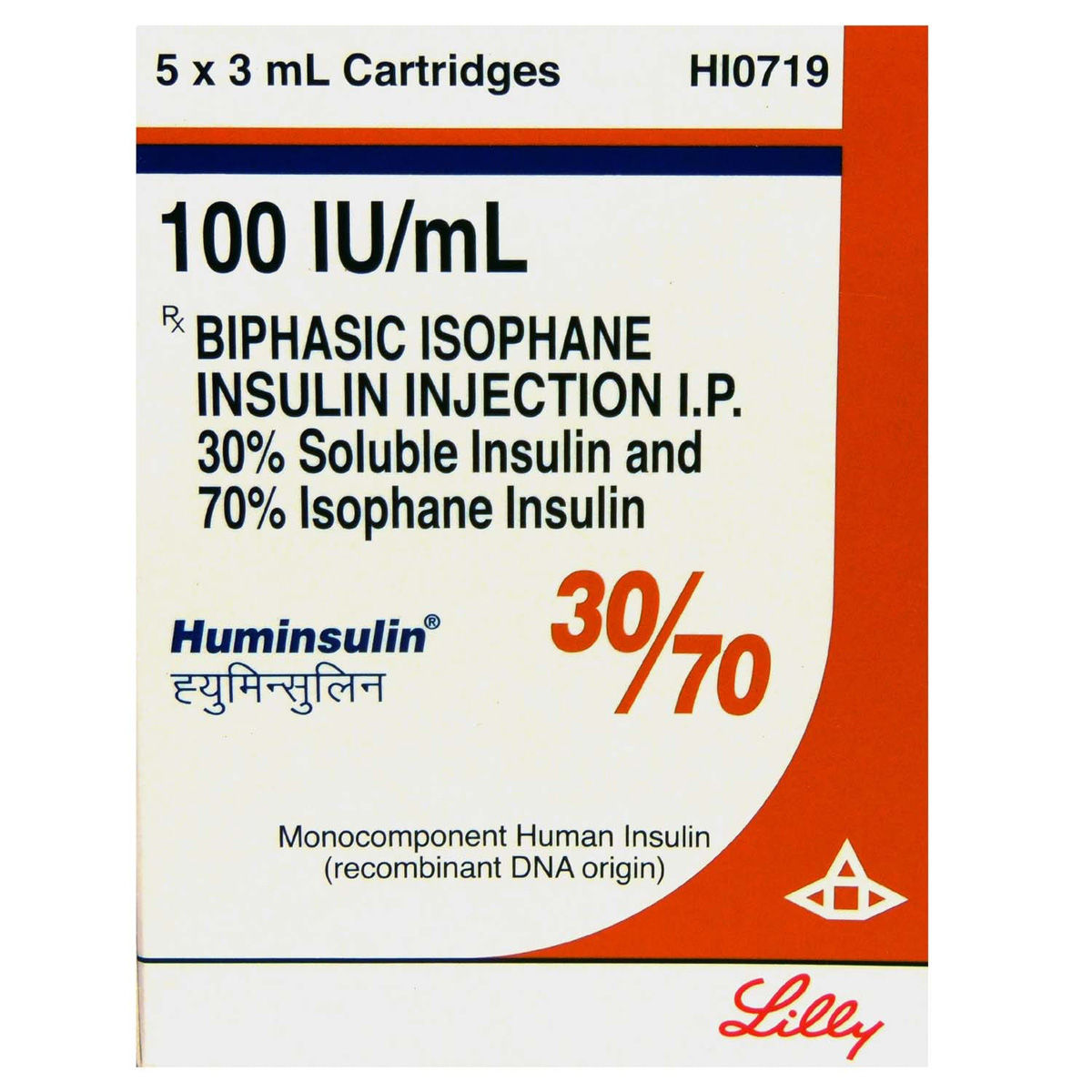 RX
RXHuminsulin 30/70 100IU/ml Cartridge 5 x 3 ml
₹2063.60
MRP ₹2345
12% off
 RX
RXActrapid Hm 100Iu/ml Penfill 3 ml
₹382.10
MRP ₹424.50
10% off
 RX
RXHuman Mixtard 70/30 40IU Suspension for Injection 10 ml
₹160.20
MRP ₹178
10% off
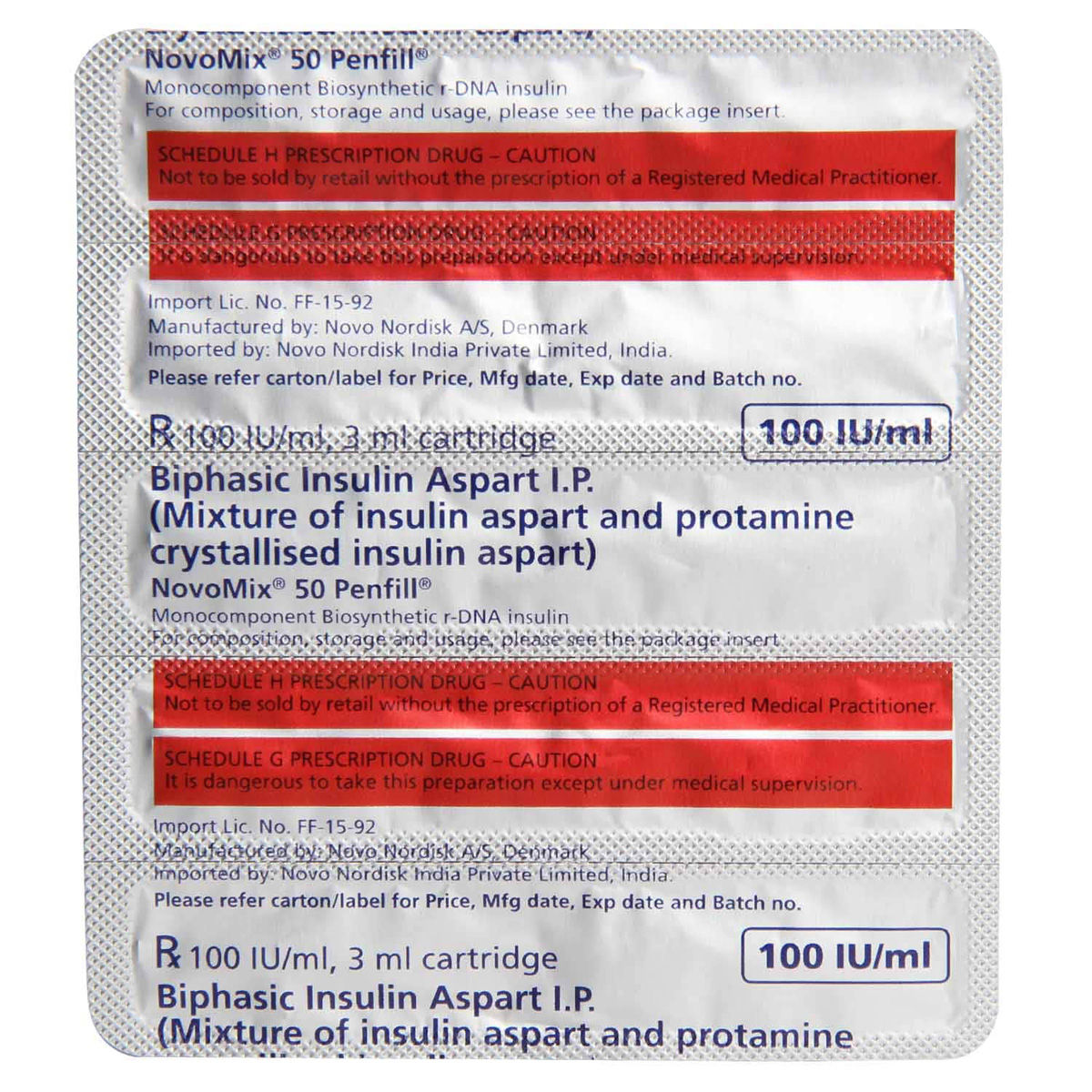 RX
RXNovomix 50 100IU/ml Penfill 3ml
₹825.80
MRP ₹971.50
15% off
 RX
RXFiasp FlexTouch 100U/ml Prefilled Pen 3 ml
₹905.40
MRP ₹1006
10% off
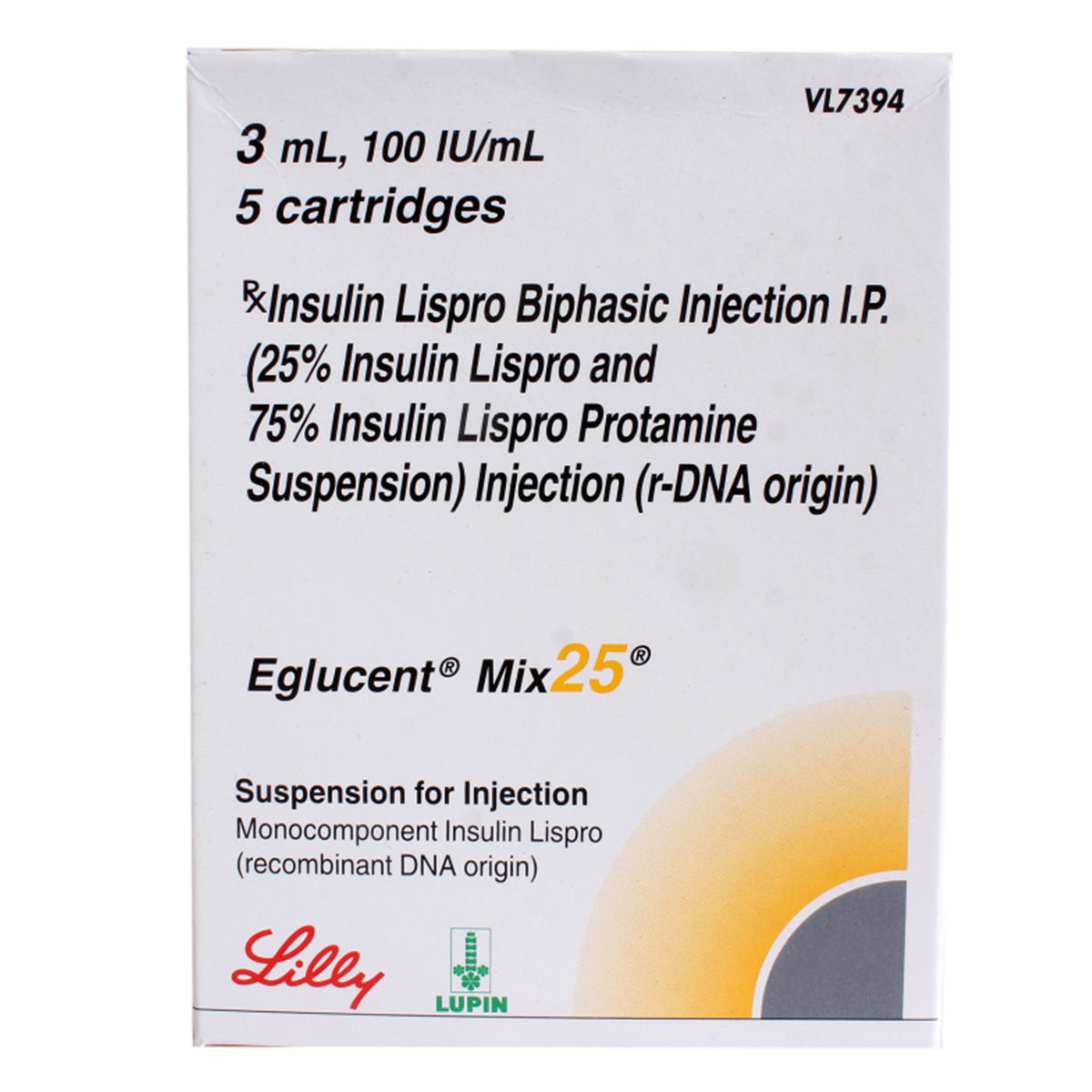 RX
RXEglucent Mix 25 100IU/ml Injection 5 x 3 ml
₹4628.30
MRP ₹5445
15% off
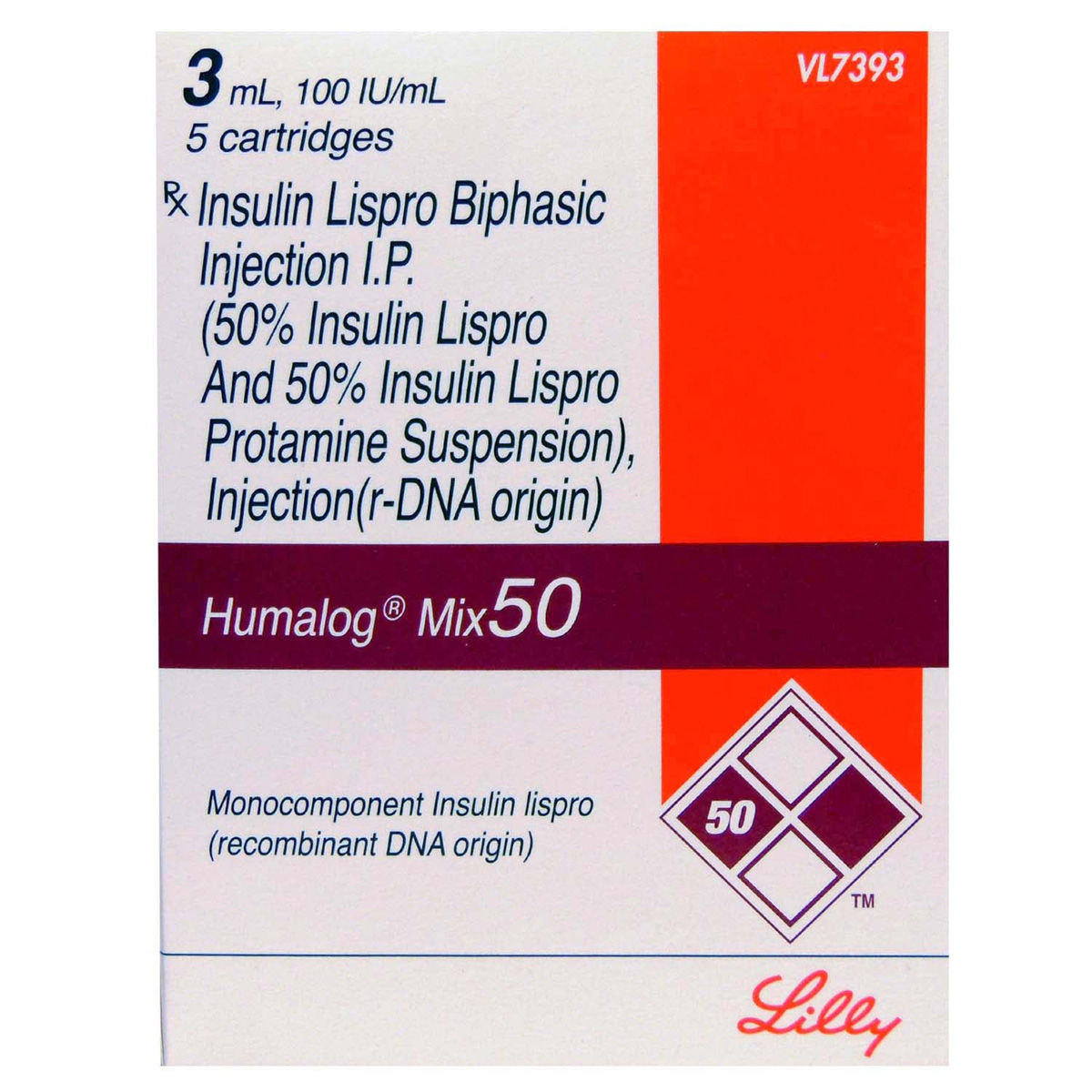 RX
RXHumalog Mix 50 100IU/ml Cartridge 3 ml
₹980.10
MRP ₹1089
10% off
Get insulin from Apollo Pharmacy!
Apollo Pharmacy is India’s most reputable online pharmacy that delivers genuine products and medicines. Explore a wide range of healthcare essentials online on Apollo Pharmacy or Apollo 24|7 app and manage diabetes with ease.
Insulin - overview
Insulin is a hormone made by beta cells inside the pancreas. It allows cells in the liver, fat, and muscles to consume glucose present in the blood. Insulin helps store glucose in the muscles, fat, and liver, and regulates your body’s metabolism of fats, proteins, and carbohydrates.
People having type I diabetes and some with type II diabetes require insulin to manage their blood glucose levels. Keeping a check on your blood sugar levels helps in the early detection of diabetes, leading to timely and effective management.
Different types of insulin
There are five different types of insulin that your general physician may prescribe:
- Quick-acting insulin reaches the bloodstream approximately 15 minutes after the injection, and for the next 2-3 hours, it is at its highest peak.
- Low-acting insulin reaches the bloodstream within 30 minutes after the injection. It stays effective for about 3-6 hours.
- NPH insulin is included in intermediate-acting insulin. It helps in controlling blood glucose levels for 10-12 hours straight.
- Long-acting insulin also acts like pancreatic insulin because there is no pronounced peak. It affects the blood glucose levels for about 1-2 hours after the injection and remains effective for 1 to 2 days.
- Premixed insulin is also called combination insulin. It is a combination of rapid, short, intermediate-acting insulin.
Insulin helps in balancing blood glucose levels. It sends warning signs when there is an excess of glucose present in the bloodstream. The glucose is stored in the liver and is not released until its level decreases.
Is it possible to administer insulin without injections?
Alternate ways to administer insulin without a syringe are:
- Insulin pens come in two forms—reusable and disposable. It helps manage low blood sugar levels ( hypoglycemia) and high blood sugar levels (hyperglycemia). They are not stored in freezers but can be kept at room temperature because they are durable.
- Insulin pumps with thin tubes are attached and implanted under your skin. The pumps act as glucose monitors, and some of them are motorised and computerised.
- Jet injections are a great alternative if you don’t like syringes. A jet injector contains multiple doses of insulin at a time.
Insulin pumps and glucose monitors go hand-in-hand. Insulin doses depend upon the self-monitoring of glucose levels. You can check them by doing finger pricks—also known as finger sticks—or by wearing devices that are helpful for continuous monitoring.
What are the DOs & DON'Ts while taking an insulin shot?
The absorption of insulin majorly depends upon the part of the body where the insulin is injected. The abdomen rapidly absorbs insulin and is the first choice for most people, whereas, the absorption rate of insulin is slightly slower in the buttocks, thighs, and upper arms.
Factors that accelerate insulin absorption
Deviation in the absorption of insulin can cause changes in blood sugar levels. It may be increased by:
- Injecting insulin into an exercised area such as arms or thighs.
- Increasing the body temperature with hot water bottles, bath, hot shower, spa or sauna.
- Continuously massaging the injected area for a while.
- Injecting insulin into the muscles may cause the insulin to absorb rapidly.
Factors that slow down insulin absorption
The absorption of insulin can be slowed down by:
- Smoking tobacco products.
- Reusing the same injected area that makes the skin scarred or lumpy.
- Insulin that is cold or directly injected after being taken out of the refrigerator.
Diabetes management: using insulin to control blood sugar levels
- When the pancreatic cells stop producing insulin, you may develop type 1 diabetes. Cells do not allow glucose to enter the body if there is no insulin present. As a result, glucose levels will increase, and the person may experience symptoms such as weakness, fatigue, extreme hunger and more. Type 1 diabetes can become a life-threatening disease in the absence of an external insulin source. It becomes mandatory for people affected with type 1 diabetes to take insulin lifelong.
- Type II diabetes occurs when pancreatic cells are unable to make enough insulin. The small amount of insulin produced by the pancreas might not work well as it is supposed to be, which may result in increased glucose levels. People having type 2 diabetes are not aware of the condition because they rarely have any symptoms.
- Gestational diabetes is manageable by keeping track of blood glucose levels. Consulting a dietician may help you with a healthy diet plan and, wherever possible, regular exercises. Some women may require an insulin shot during their pregnancy to help control their blood sugar levels.
Severe complications associated with running out of insulin
Diabetic ketoacidosis is an emergency health condition that results from a lack of insulin in the body. For generating energy, your body may break down fats without insulin. These acids may cause brain swelling and can lead to shock.
- Symptoms of diabetic ketoacidosis to look for:
- Feeling thirsty or dry mouth
- Fatigue
- Nausea, stomach ache, or vomiting
- Dry skin
- Difficulty in breathing
How to use an insulin injection
To use an insulin injection, you need to prepare a kit that includes:
- A proper amount of insulin for the dose
- An insulin pen
- A sharp disposal box
- A new pen syringe
Make sure that you have a complete kit available with you every time.
How to inject an insulin shot
Here’s how you can inject an insulin shot:
- Thoroughly wash your hands.
- Put a new syringe onto your pen.
- Pull out the cap of the pen needle.
- Firmly hold the pen and take an air shot.
- Dial-up your dose.
- Choose a soft fatty area to inject insulin.
- Hold the insulin pen steadily.
- Once the dose is injected, firmly hold the syringe in for approximately 10 seconds to help the insulin reach the bloodstream.
- Dump the used syringe into the disposal bin.
Frequently asked questions
Insulin plays a critical role in treating diabetes. Here are the things to keep in mind before taking insulin:
- Do not inject insulin into the muscles; inject it underneath the skin.
- Do not inject into nerves, scar tissues, bruised sites or varicose veins.
- Keep your muscles relaxed and avoid massaging the spot.
- Avoid reusing a needle and don’t store insulin in a freezer or direct sunlight.
Your general physician may prescribe insulin as a medication when the blood glucose levels are not under control, even after following a proper diet, oral medication or exercise.
Insulin plays a significant role in our body. It is a peptide hormone made by the pancreas and monitors the blood sugar levels of our body.
If a non-diabetic person takes insulin, it can lead to hypoglycemic coma. It may have several outcomes, from complete reversal to death.
No, only people who have type I diabetes require insulin. People with type II diabetes can manage blood glucose levels by consuming a proper diet, oral medications and regular exercise. However, some individuals with type 2 diabetes may also need insulin.
If insulin is not stored correctly, it can become damaged and ineffective. That is why you should follow the storage instructions carefully. Store insulin in the refrigerator after every use.

